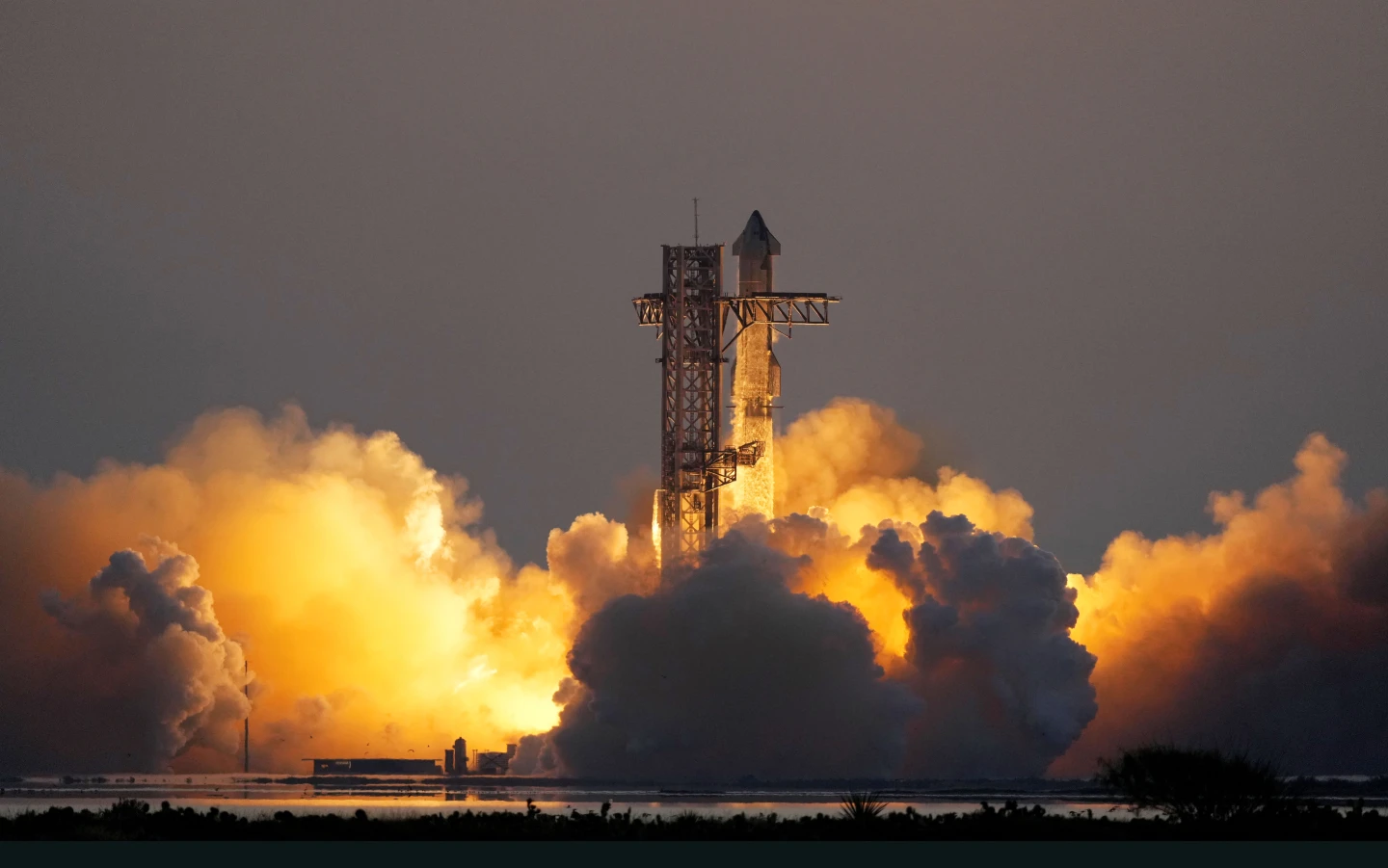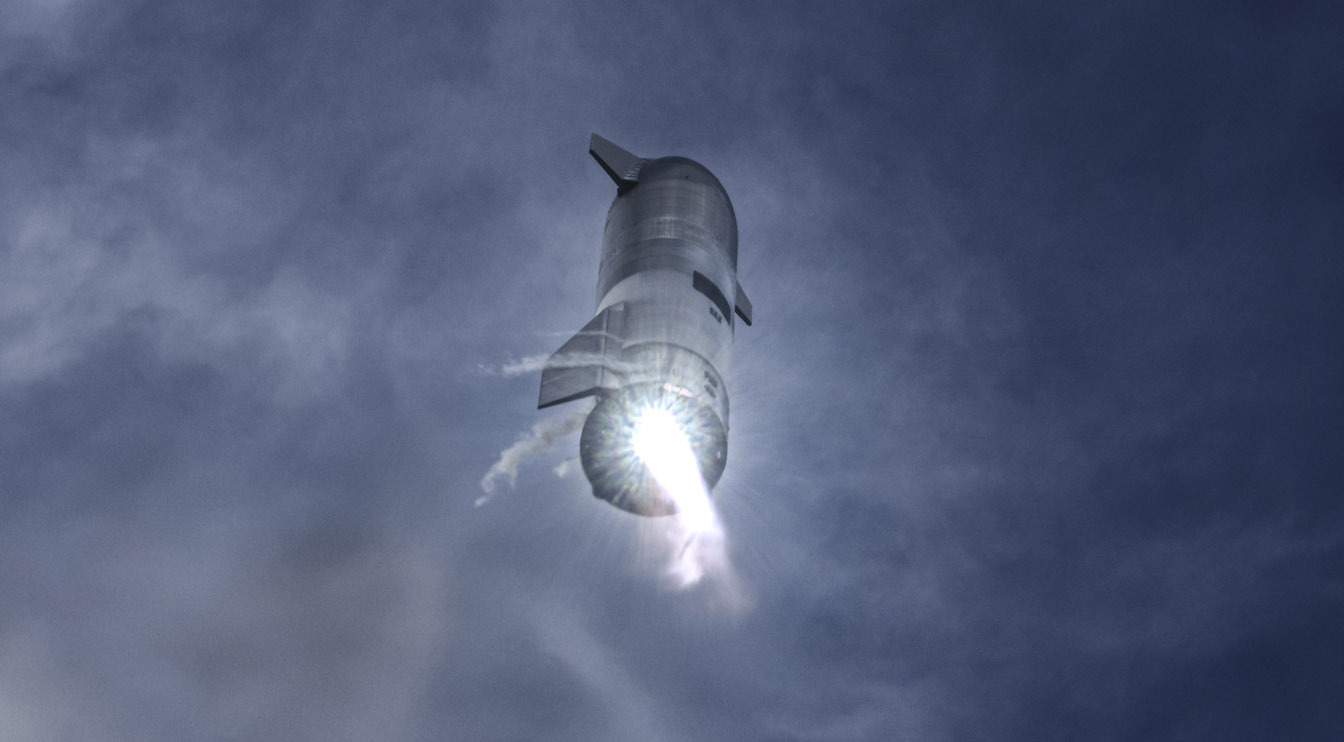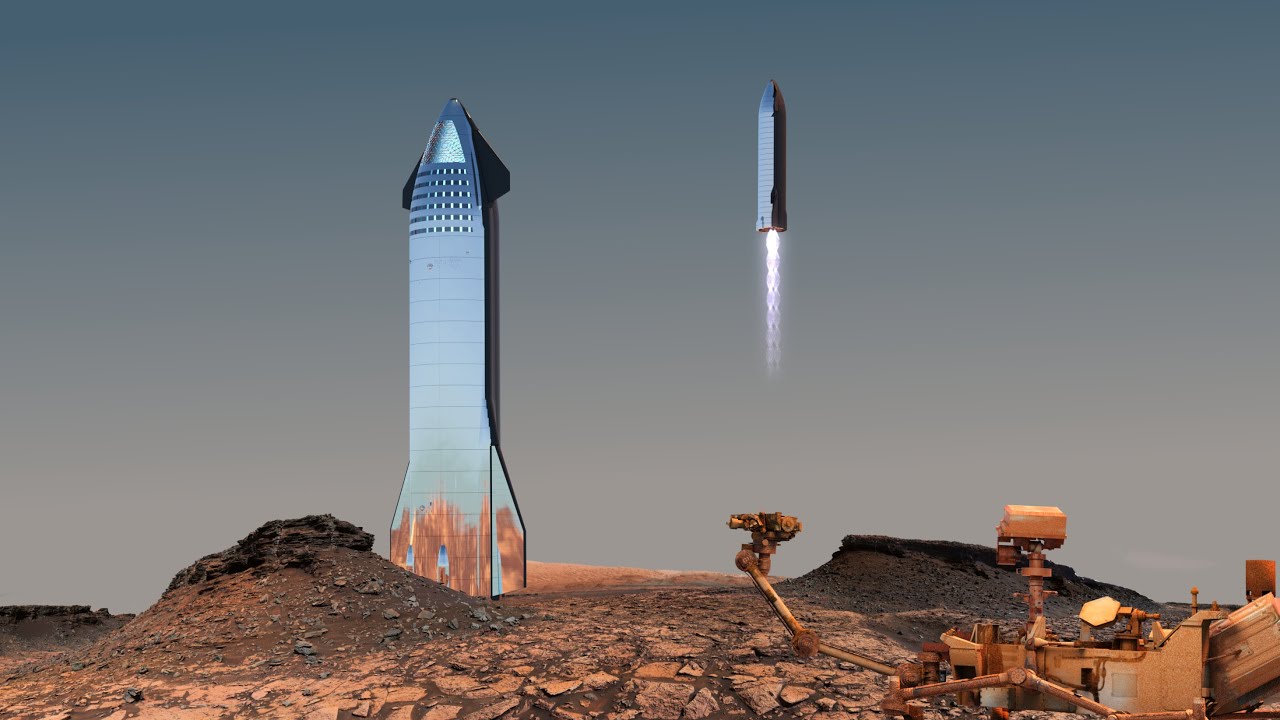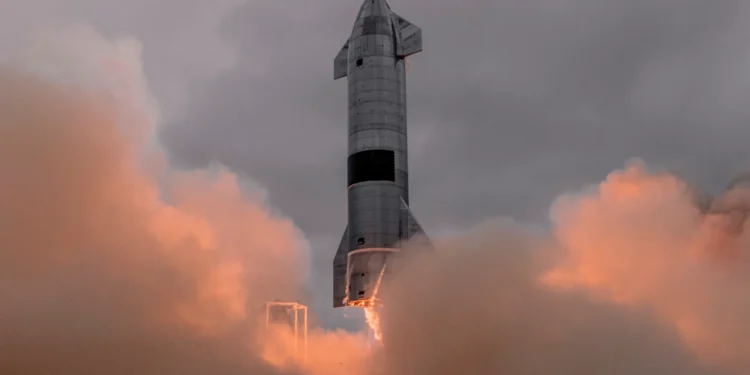In a display of aeronautical prowess that many doubted could ever be achieved, SpaceX’s Starship, the most powerful rocket to date, made a historic landing this past Sunday in southern Texas. This monumental event marks the fifth successful flight of the spacecraft, elevating Elon Musk’s status not only as a visionary but also as an engineer capable of turning sci-fi into reality.
The launch was executed by the Super Heavy booster, a nearly 400-foot-tall behemoth. Spectators and industry experts watched in awe as the rocket, after soaring to the edge of space, was gracefully caught by the “Mechazilla” tower’s chopstick-like arms—a technique developed to ensure the reusability of the spacecraft. This engineering marvel, once a speculative dream, underlines a pivotal shift in space travel economics and feasibility.

Musk’s Vision: Mars and Beyond
From his early declarations at a National Press Club event in 2011, Elon Musk has been vocal about his goal to make human life multi-planetary. He emphasized the formidable engineering challenges posed by Earth’s gravity and the necessity for reusable rockets—a vision that seemed distant at the time. Yet, the successful landing of the Starship solidifies his claim that these celestial ambitions are not only possible but imminent.
“Bananas stuff,” Musk described the endeavor on a 2021 episode of the Lex Fridman podcast, drawing an analogy to catching a fly with chopsticks in a nod to a scene from the 1984 film “Karate Kid.” This blend of humor and clarity in his vision captures the public’s imagination and serves as a rallying cry for future innovations.

A Symphony of Success Amid Skepticism
Despite the celebration of SpaceX’s recent achievements, Elon Musk faces ongoing scrutiny over his expansive corporate empire. His leadership at Tesla and the ambitious yet unfulfilled promise of a million robotaxis by 2020 have attracted criticism, alongside his controversial $44 billion acquisition of Twitter. Additionally, his political statements have sometimes alienated regulators and stakeholders, as evidenced by the California Coastal Commission’s recent pushback against more frequent SpaceX launches.
However, the successful Starship landing provides a counter-narrative to doubts surrounding Musk’s leadership and vision. The sight of SpaceX employee Dan Huot emotionally declaring, “I’m crying right now,” on social media platform X, alongside accolades from figures like Google CEO Sundar Pichai, underscores the profound impact of this achievement on SpaceX’s team and its legion of followers.

The Road Ahead: Lunar Aspirations and Technological Pioneering
Looking forward, SpaceX’s itinerary is packed with ambitious projects, including a crewed Moon orbit in 2023 as part of NASA’s Artemis II mission and a planned lunar landing in 2026. These missions are not just tests of technological might but also steps towards a broader human presence in space, an endeavor that has not been pursued since the Apollo missions.
Elon Musk’s trajectory from a bold entrepreneur to a principal figure in space exploration illustrates a blend of audacity and expertise. As Peter Thiel once advised, “Never bet against Elon.” With each launch, Musk not only challenges the boundaries of our technological capabilities but also reshapes the narrative of what humanity can achieve in the cosmos.
In the realm of space exploration, Musk continues to be a beacon of innovation and determination. The success of Starship serves not only as a testament to his vision but also as a promise of more groundbreaking achievements to come. As we stand on the precipice of new space-age milestones, Elon Musk’s journey reminds us that with perseverance and bold thinking, the sky is not the limit—it’s just the beginning.










